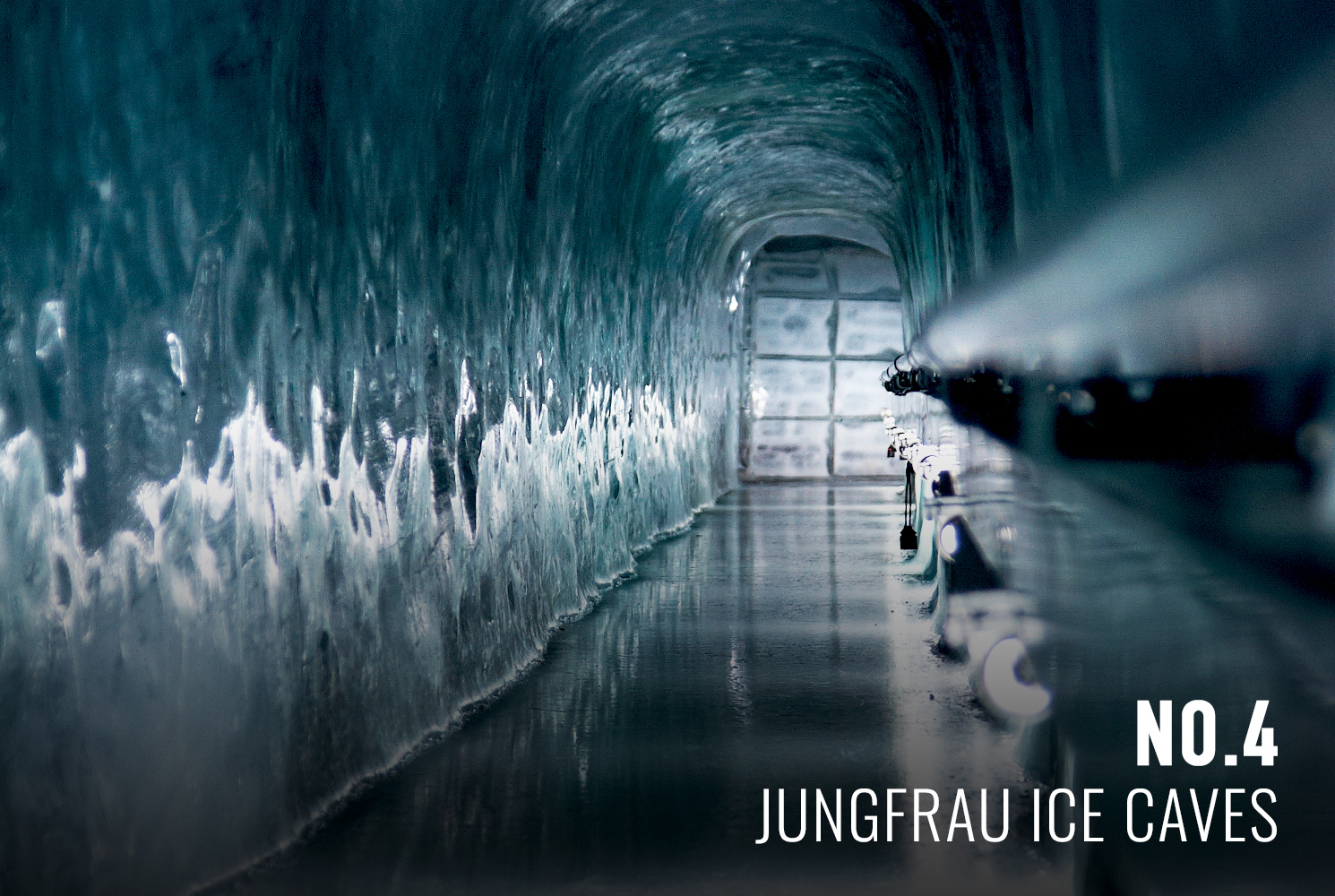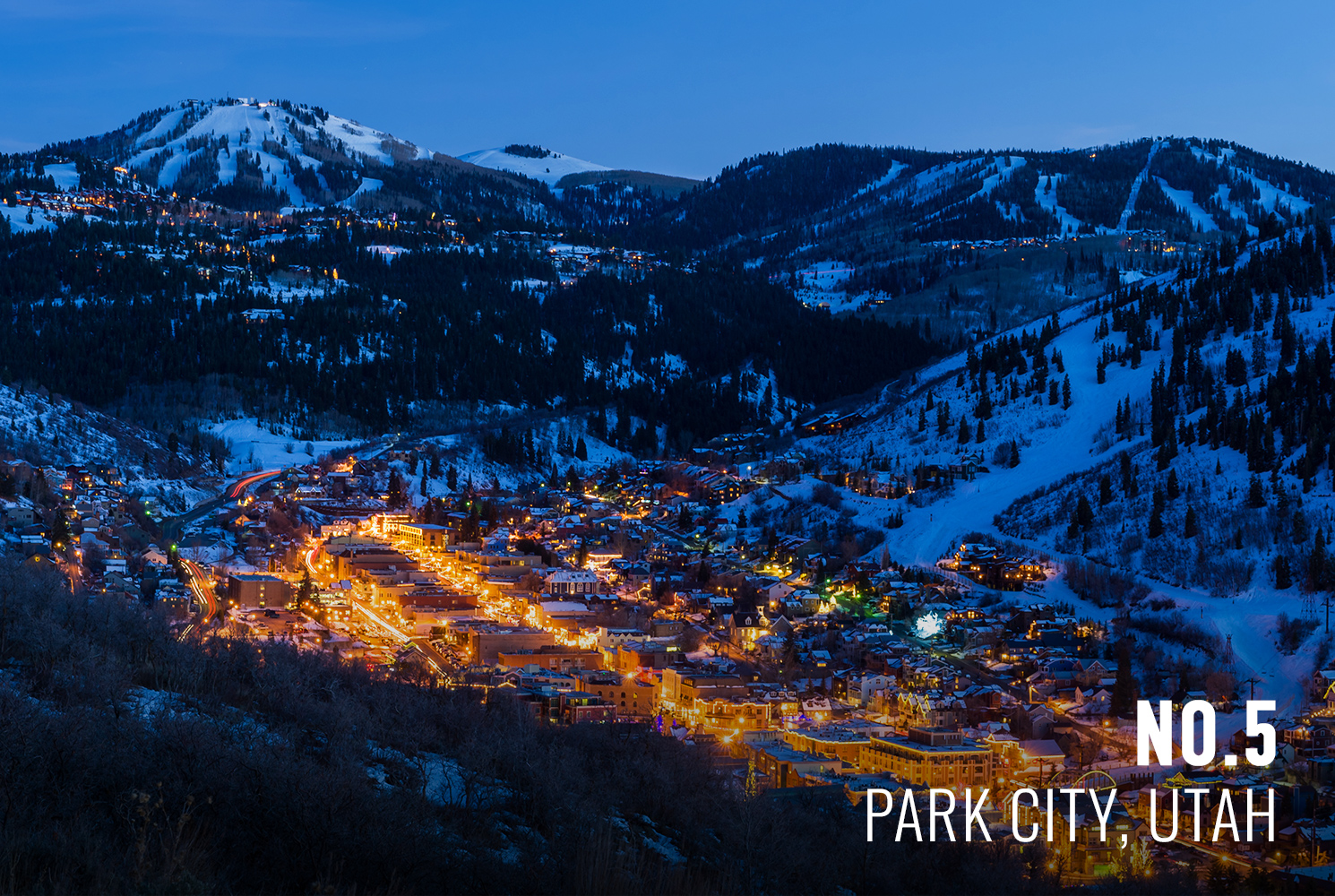
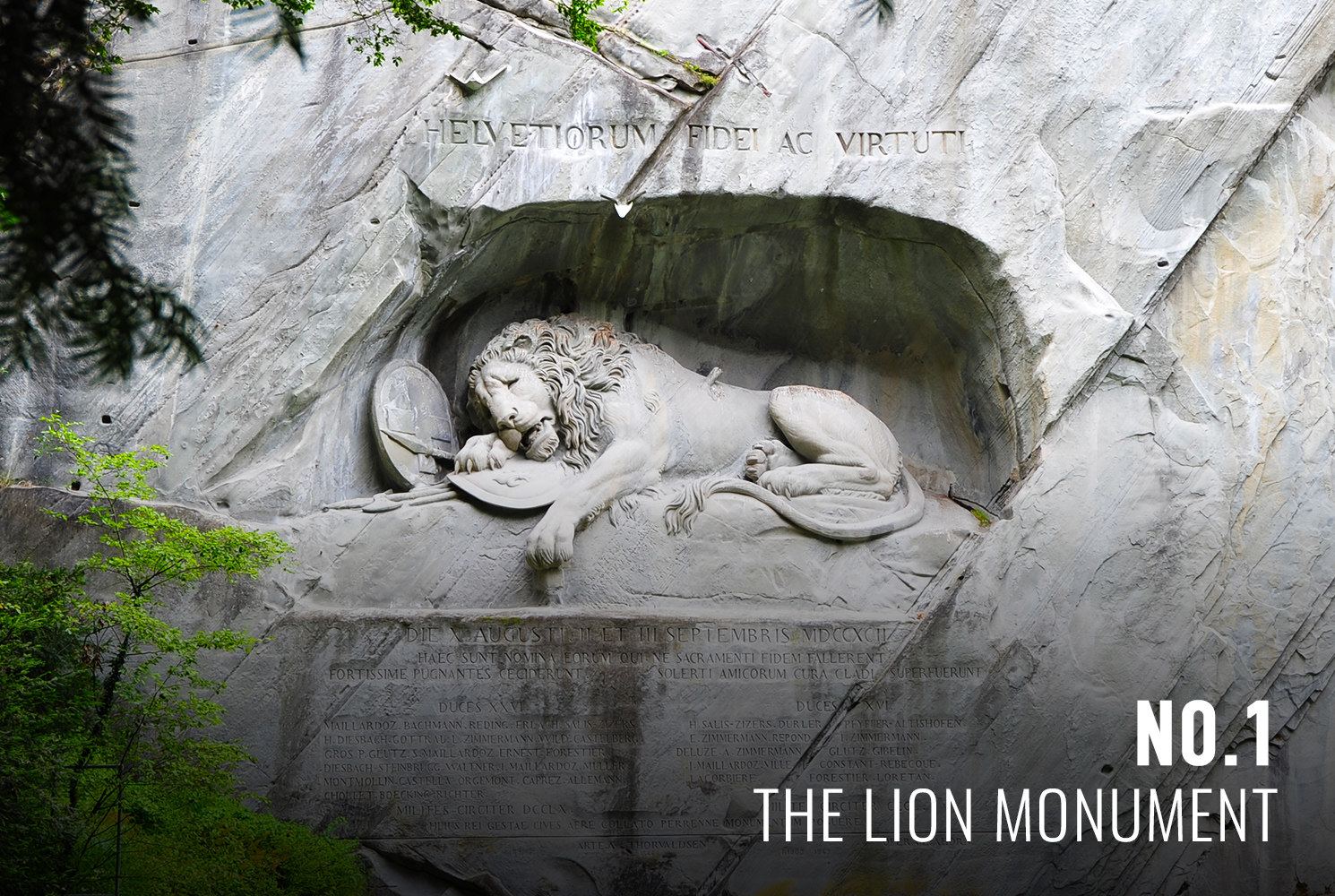 The Lion Monument
The Lion Monument
The title, THE LIONS OF LUCERNE, gets its name from a stunning monument in Lucerne, Switzerland. Brad first saw this monument years ago while filming an episode of his Public Television travel series, TRAVELING LITE. Carved into a sheer rock face, the dying lion is meant to commemorate the 700+ Swiss Guard who died defending King Louis and Marie Antoinette in an attack on the Tuileries in 1792. Mark Twain called it, “the most moving piece of rock in the world.”
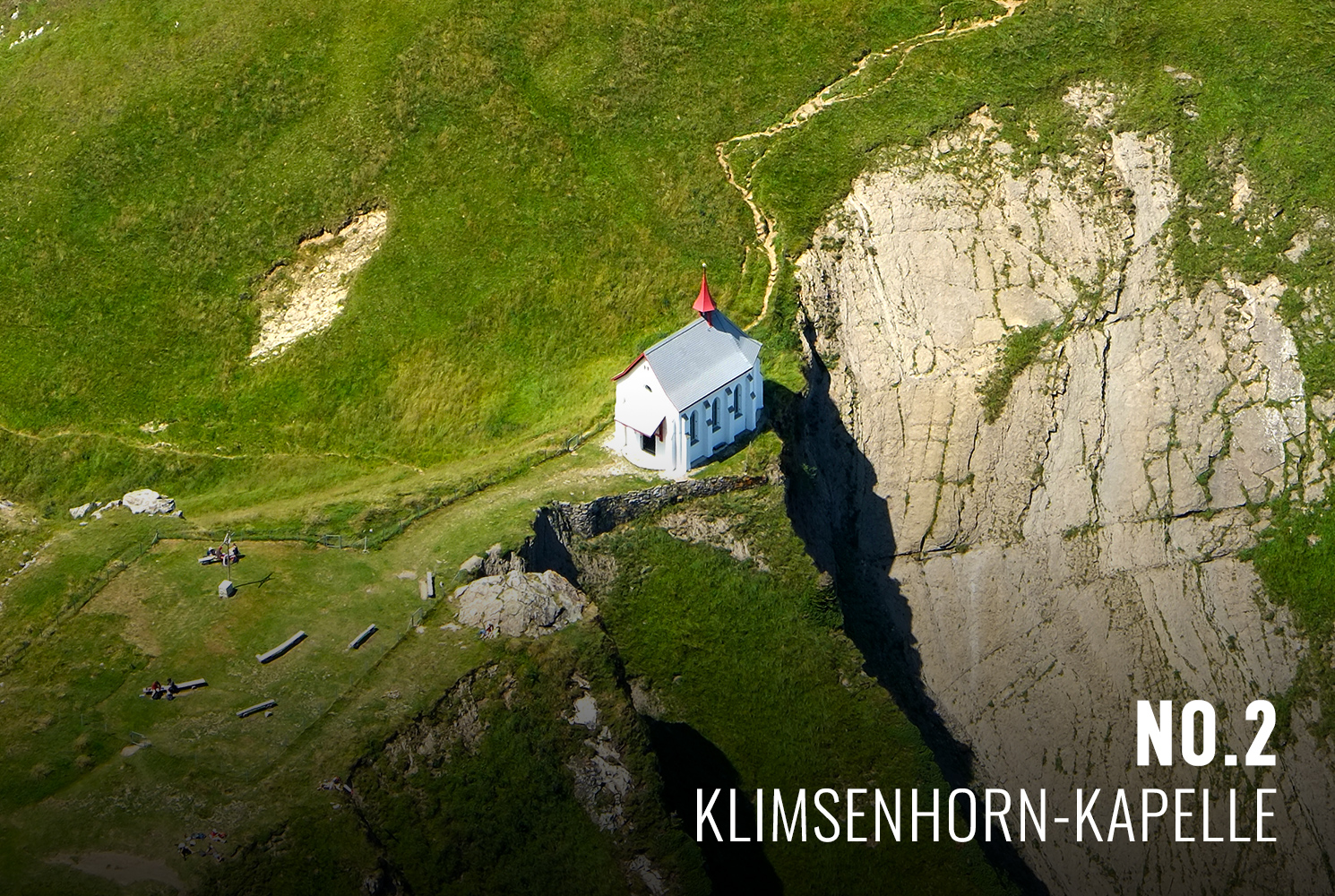 Klimsenhorn-Kapelle
Klimsenhorn-Kapelle
Scot Harvath and Claudia Mueller find the entrance to “The Lions’” underground operation via Klimsenhorn-Kapelle, a tiny church near the top of Mt. Pilatus outside Lucerne.
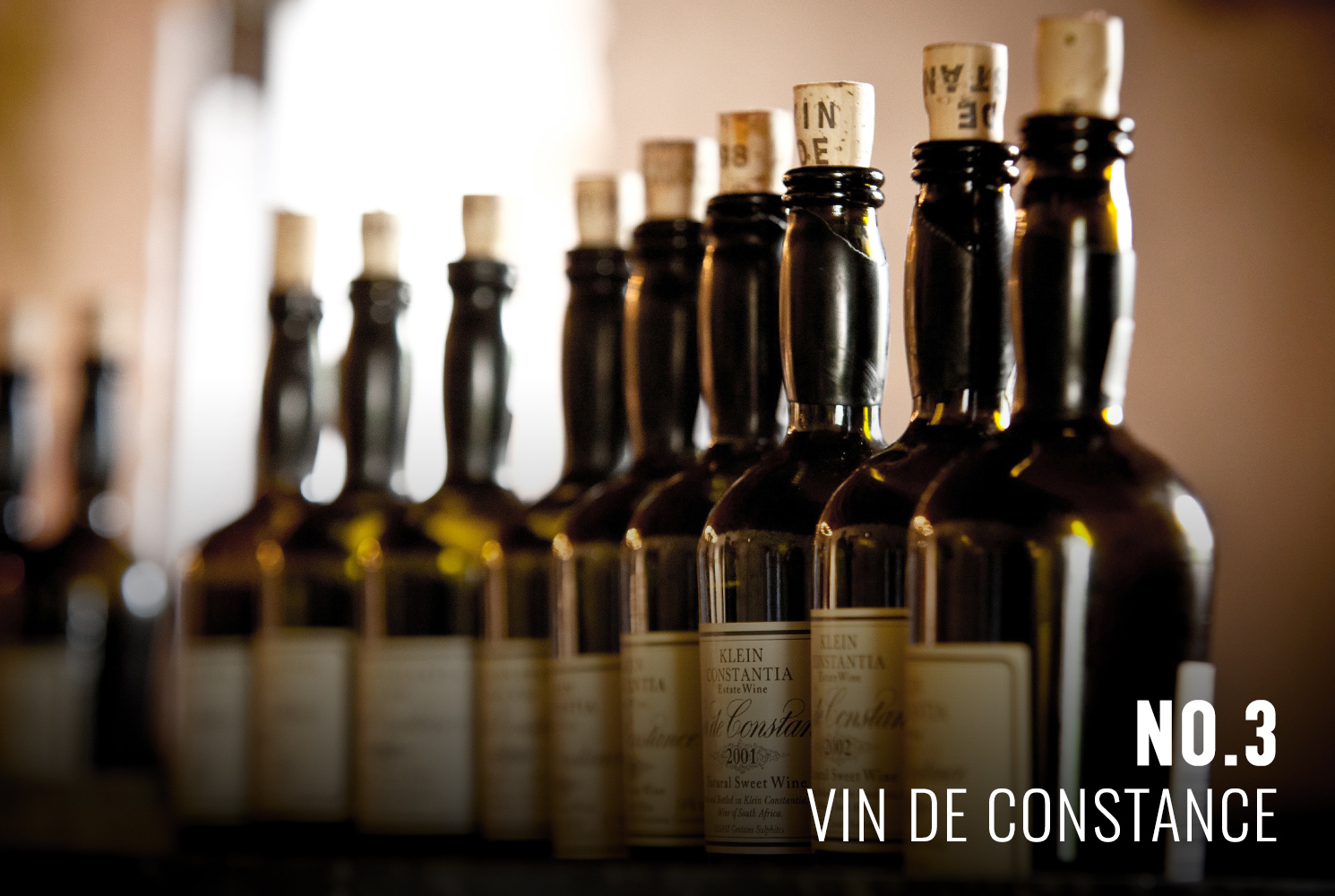
Photo Credit: Klein Constantia Estate
Vin de Constance
Vin de Constance is a highly-prized, famous South African dessert wine. Napoleon had 30 bottles a month shipped to the Italian island of Elba, where he was exiled after his abdication. The King of Prussia and Louis XVI also enjoyed Vin De Constance. Charles Dickens celebrated the coveted wine in Edwin Drood and Baudelaire said of it, “only the lips of a lover surpassed it in sweetness.”
Jungfrau Ice Caves
In THE LIONS OF LUCERNE, Scot Harvath sets a clandestine meeting in the ice caves carved into the Jungfrau near Interlaken. The caves are part of, “The Top of Europe,” a major tourist attraction in the area.
Park City, Utah
Park City, Utah is a popular ski destination for dignitaries, including a former U.S. President and his family. Park City is also home to the U.S. Ski and Snowboard Association and the U.S. Ski Team’s training facility. Brad lived in Park City while writing THE LIONS OF LUCERNE and drew inspiration from its breathtaking natural beauty.
